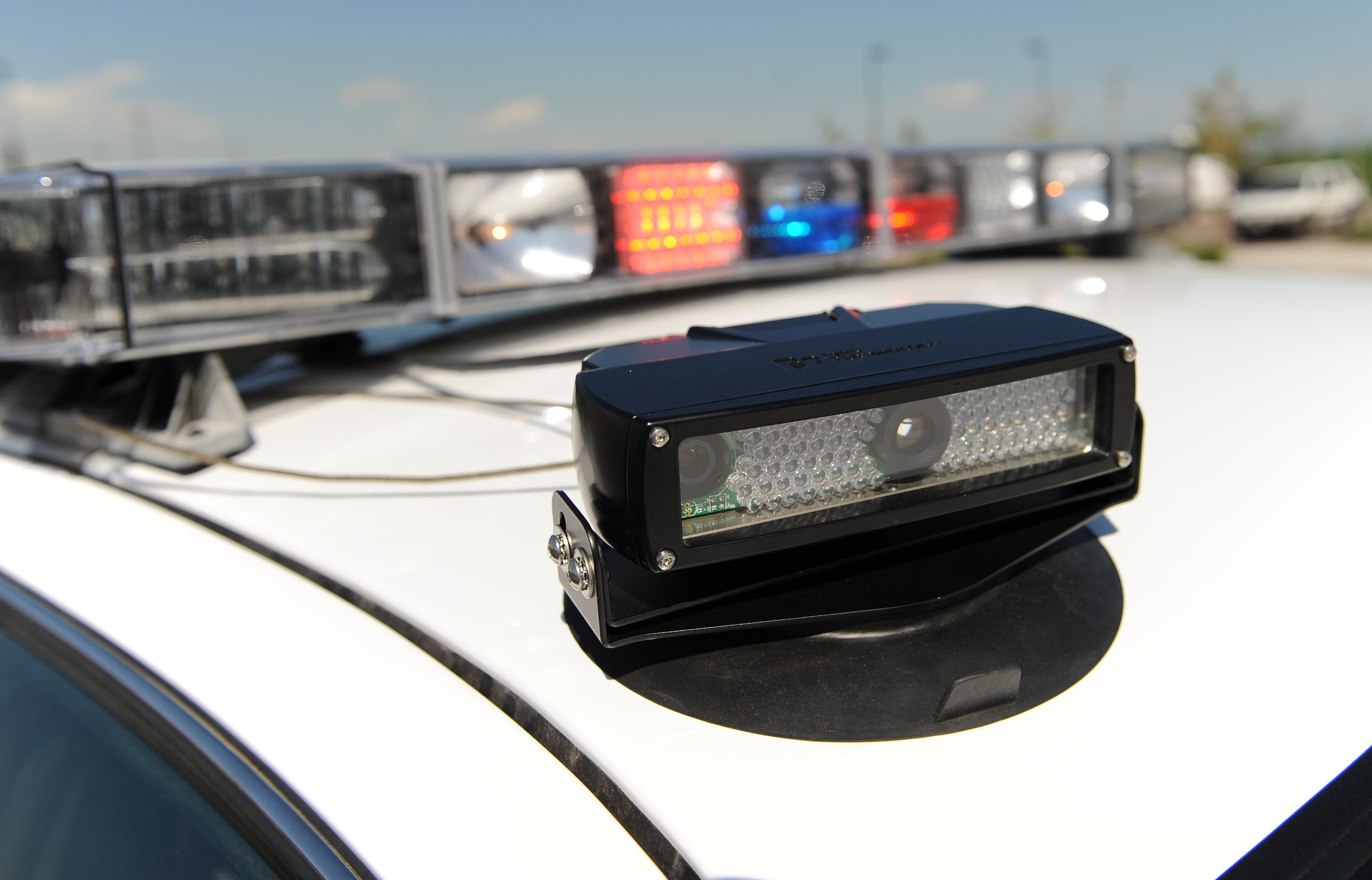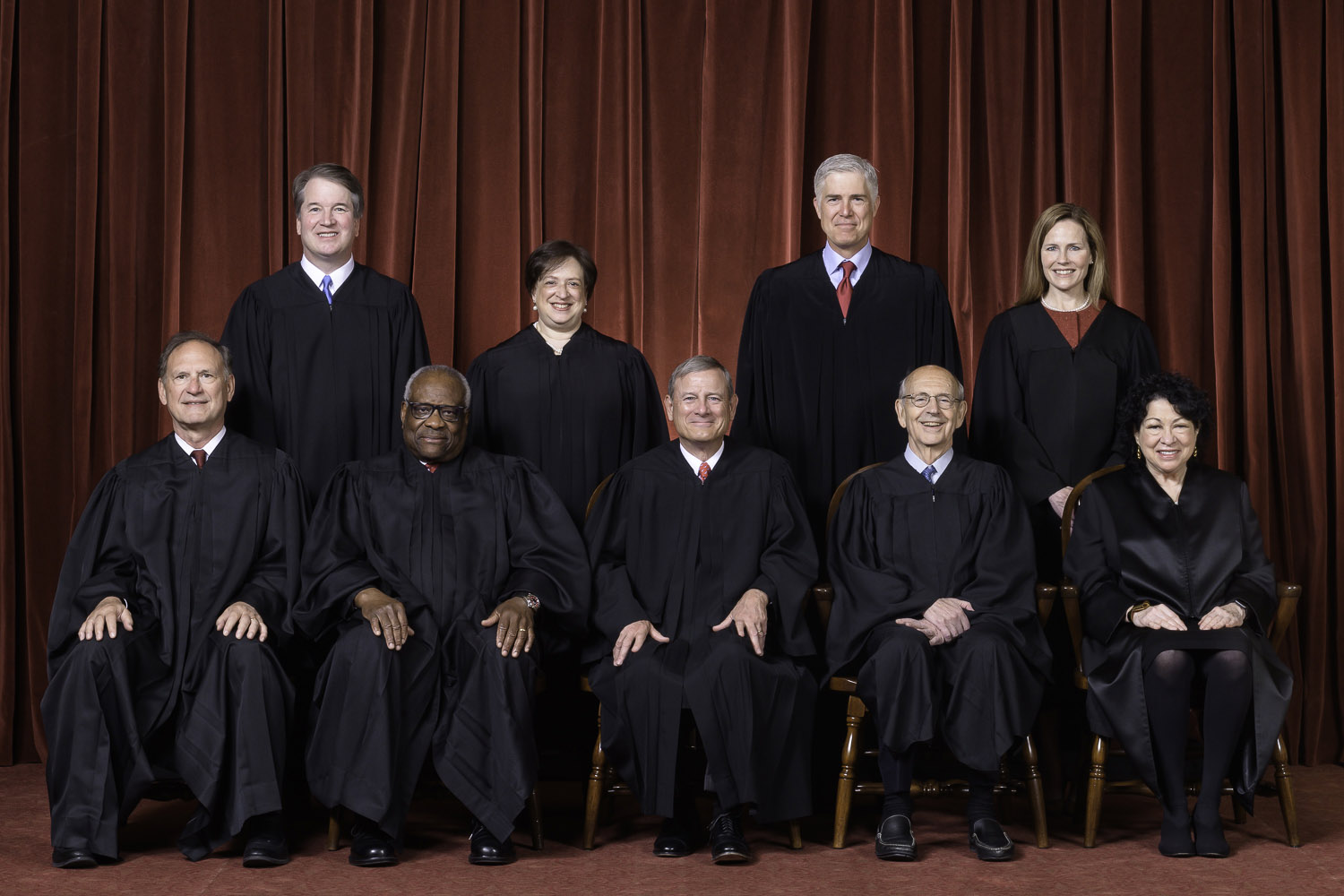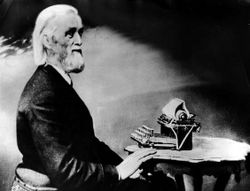The three videos that I watched presented some very glaring issues for how we as a society handle our privilege of technology. With the constant development of new technology every day criminals are receiving new avenues every day and finding ways to deceive government and law enforcement. In turn, governments and law enforcement must begin to track technology, but how do you know who is a criminal and who isn't? It is very difficult to until a crime is committed so governments decided it would be easier to just track everyone. At some point though, when has the surveillance gone too far?
The first two videos discuss how police and governments have used technology to track citizens in their everyday lives. Cars, phones, and much more can be tracked as specifically as a second by second basis to determine someone's daily routine. Police have license plate scanners to automatically bring up a profile on someone who simply drove past their vehicle. Not only that but governments want to track every single conversation, phone call, email, and text message sent. Some companies such as Apple and WhatsApp are attempting to encrypt these conversations to hinder the government from seeing them, however it will never fully stop them.
The third video takes the matter to a more private scale. The speaker, Darieth Chisolm, speaks on how she has been affected by revenge porn. Her former partner blackmailed her and nearly ruined her career due to images which were either sent by Ms. Chisolm or were taken by him without her knowing. This brings up two interesting points. First, that whatever you put out into the internet or cloud is there forever, even if you think you may have deleted it. The second is being careful about the information which you share with others. Obviously this is not to say it is Ms. Chisolm's fault but to rather raise awareness to online safety.
So how far is too far? How much farther will we go before no one has even the slightest bit of privacy and just becomes a set of numbers in a larger system. Of course we want to protect ourselves from harm and crime, but sooner than we know it those security measures could be turned against us. I think this is an issue that will never truly be solved.











